Car no. 7686 Enough has been written about Gottlieb Daimler, Wilhelm Maybach and their Mercedes automobiles to fill a book. In fact they fill a whole bookcase of books. While Karl Benz is given credit for the first series-produced self-propelled internal combustion vehicle, Daimler and Maybach, ably supported by their agent in Nice in the South of France, Emil Jellinek, demonstrated the commercial viability of the automobile and continued to refine, develop and improve it until the products of Daimler Motoren Gesellschaft were renowned throughout the world for their quality and performance. It wasn’t entirely easy, as a rush of ideas and concepts including the first mass-produced four-cylinder engine and an inline eight-cylinder consumed Daimler’s capital, forcing him to accept investors. They quickly clashed with Maybach who soon left. Within a year even Daimler abandoned his eponymous company but the two were persuaded to return three years later, along with Paul and Adolf Daimler, Gottlieb's sons, who gradually took over his responsibilities. Maybach continued to be the designer and innovator, solving problems of carburetion, ignition system, cooling, gearbox and suspension. The Mercedes, named for Emil Jellinek’s daughter, was introduced in 1901. Only a year later the prolific Maybach introduced a redesigned series of Mercedes cars which were named Mercedes-Simplex to highlight their improvements, primarily much lighter engine weight and improved cooling performance which also reduced weight and complexity. The Mercedes-Simplex models were a great success, bringing renewed visibility to the company. There were five models, ranging from 18/22hp to a massive 60hp behemoth. Jellinek, from his vantage point in Nice, the playground for Europe’s rich, famous and titled, promoted Mercedes-Simplex cars in competition, finding patrons in wealthy sportsmen like Count Zborowski. In the United States no less a personage than William Kissam Vanderbilt whose first Daimler (“White Ghost”) was followed by a Mercedes-Simplex (“Red Devil”) both of which were notorious on the roads of Long Island, Newport and Massachusetts. Willie K. continued his Mercedes-Simplex exploits in Europe. As Willie K. Vanderbilt’s experience shows there were those in America to whom nothing less than the largest, fastest, most luxurious automobile was sufficient and the list of American Mercedes owners began to read like the social register. The Vanderbilts numbered at least two in addition to Willie K. Other owners – Bernard Baruch, Henry Clay Frick, Isaac Guggenheim, Harry Payne Whitney, Colonel John Jacob Astor – are still instantly recognized today, a hundred years later. By 1906 Mercedes had its own showroom in Times Square where it was represented by the company’s longtime agent, William Steinway of the piano-making family. The cars were built of the finest materials. Maybach recognized that weight was the enemy of performance and succeeded in designing automobiles that despite their huge engines were for the time remarkably light. This, in turn, made their performance superior to their more obese competitors, further enhancing the Mercedes reputation among potential clients. Powered by four-cylinder T-head engines with 4-speed manual transmissions in unit with the differential on the cross-shaft to the double rear wheel drive chains, the Mercedes-Simplexes were machines of quality, distinction and performance. As the marque’s competition activities and success demonstrate, performance was often as important to prospective customers as luxury. Automobiles were accessible only to the wealthy and a lightweight, sparsely bodied high performance car was as distinctive and desirable then as it is today. In order to get the maximum benefit from the weight advantage conferred by Mercedes’ quality materials and thoughtful design they were frequently fitted with sparse but still luxurious coachwork. The Paine Collection’s 1910 Mercedes 45hp Four-Seat Tourabout is a
Car no. 7686 Enough has been written about Gottlieb Daimler, Wilhelm Maybach and their Mercedes automobiles to fill a book. In fact they fill a whole bookcase of books. While Karl Benz is given credit for the first series-produced self-propelled internal combustion vehicle, Daimler and Maybach, ably supported by their agent in Nice in the South of France, Emil Jellinek, demonstrated the commercial viability of the automobile and continued to refine, develop and improve it until the products of Daimler Motoren Gesellschaft were renowned throughout the world for their quality and performance. It wasn’t entirely easy, as a rush of ideas and concepts including the first mass-produced four-cylinder engine and an inline eight-cylinder consumed Daimler’s capital, forcing him to accept investors. They quickly clashed with Maybach who soon left. Within a year even Daimler abandoned his eponymous company but the two were persuaded to return three years later, along with Paul and Adolf Daimler, Gottlieb's sons, who gradually took over his responsibilities. Maybach continued to be the designer and innovator, solving problems of carburetion, ignition system, cooling, gearbox and suspension. The Mercedes, named for Emil Jellinek’s daughter, was introduced in 1901. Only a year later the prolific Maybach introduced a redesigned series of Mercedes cars which were named Mercedes-Simplex to highlight their improvements, primarily much lighter engine weight and improved cooling performance which also reduced weight and complexity. The Mercedes-Simplex models were a great success, bringing renewed visibility to the company. There were five models, ranging from 18/22hp to a massive 60hp behemoth. Jellinek, from his vantage point in Nice, the playground for Europe’s rich, famous and titled, promoted Mercedes-Simplex cars in competition, finding patrons in wealthy sportsmen like Count Zborowski. In the United States no less a personage than William Kissam Vanderbilt whose first Daimler (“White Ghost”) was followed by a Mercedes-Simplex (“Red Devil”) both of which were notorious on the roads of Long Island, Newport and Massachusetts. Willie K. continued his Mercedes-Simplex exploits in Europe. As Willie K. Vanderbilt’s experience shows there were those in America to whom nothing less than the largest, fastest, most luxurious automobile was sufficient and the list of American Mercedes owners began to read like the social register. The Vanderbilts numbered at least two in addition to Willie K. Other owners – Bernard Baruch, Henry Clay Frick, Isaac Guggenheim, Harry Payne Whitney, Colonel John Jacob Astor – are still instantly recognized today, a hundred years later. By 1906 Mercedes had its own showroom in Times Square where it was represented by the company’s longtime agent, William Steinway of the piano-making family. The cars were built of the finest materials. Maybach recognized that weight was the enemy of performance and succeeded in designing automobiles that despite their huge engines were for the time remarkably light. This, in turn, made their performance superior to their more obese competitors, further enhancing the Mercedes reputation among potential clients. Powered by four-cylinder T-head engines with 4-speed manual transmissions in unit with the differential on the cross-shaft to the double rear wheel drive chains, the Mercedes-Simplexes were machines of quality, distinction and performance. As the marque’s competition activities and success demonstrate, performance was often as important to prospective customers as luxury. Automobiles were accessible only to the wealthy and a lightweight, sparsely bodied high performance car was as distinctive and desirable then as it is today. In order to get the maximum benefit from the weight advantage conferred by Mercedes’ quality materials and thoughtful design they were frequently fitted with sparse but still luxurious coachwork. The Paine Collection’s 1910 Mercedes 45hp Four-Seat Tourabout is a
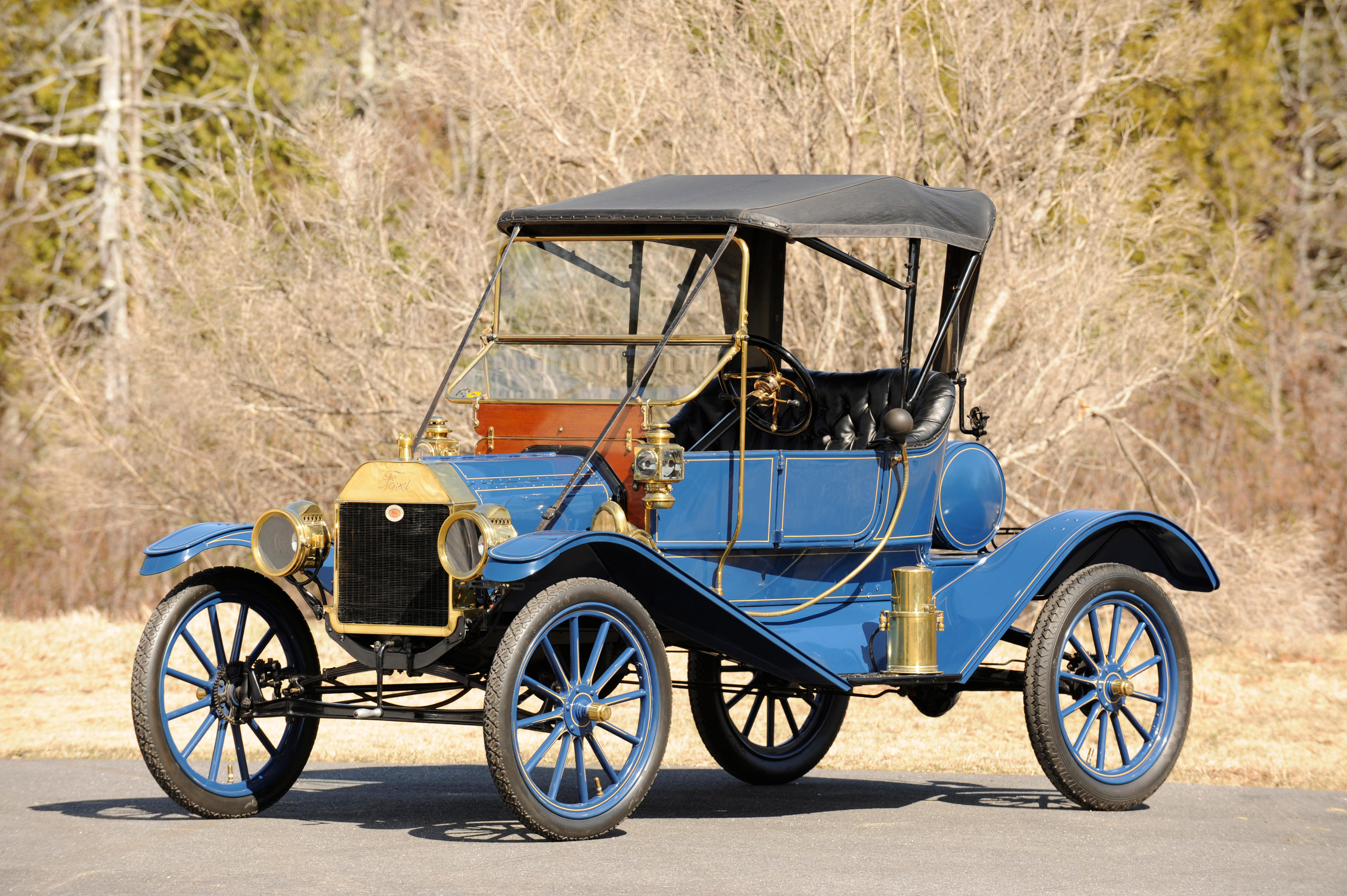

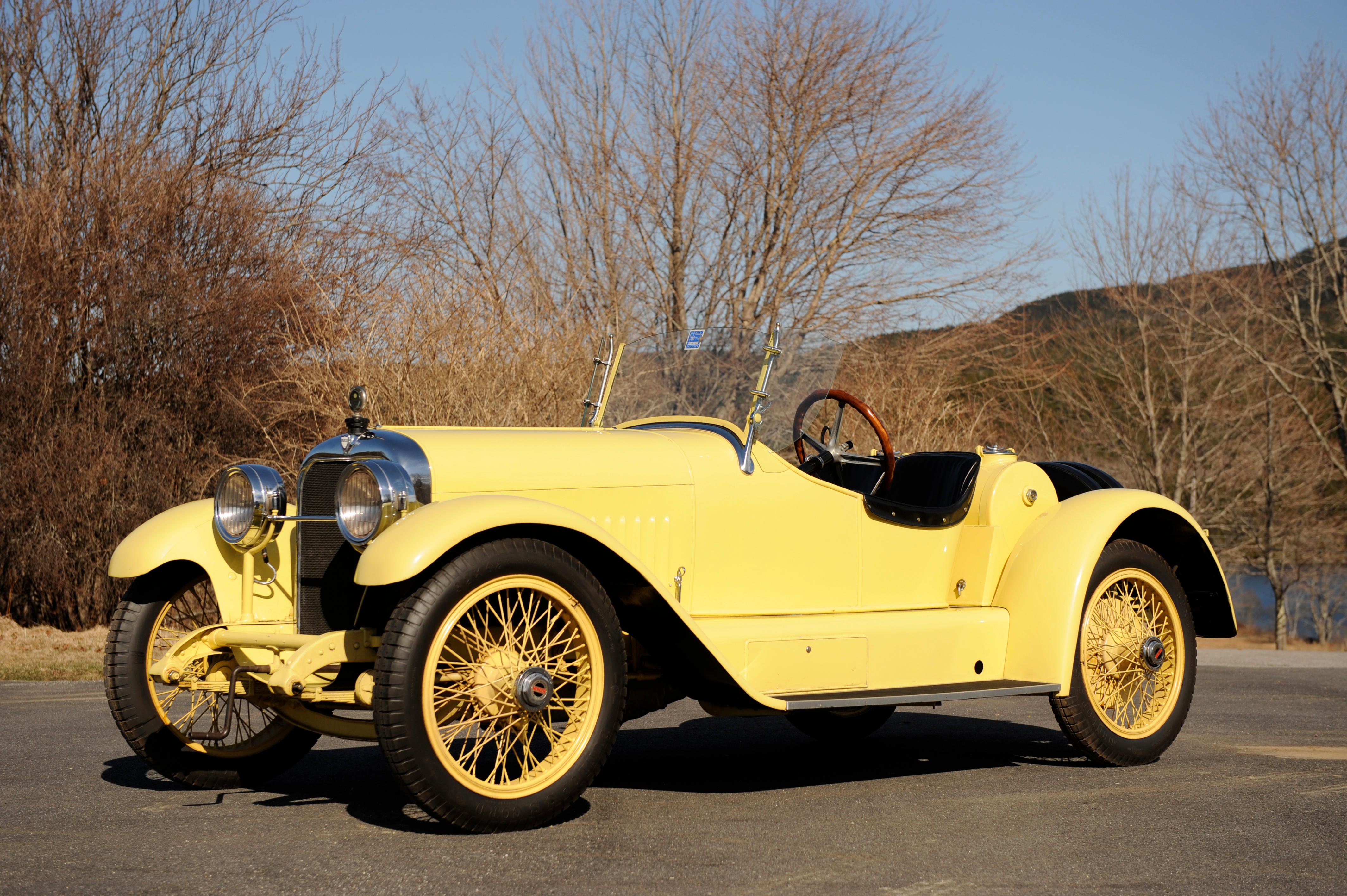
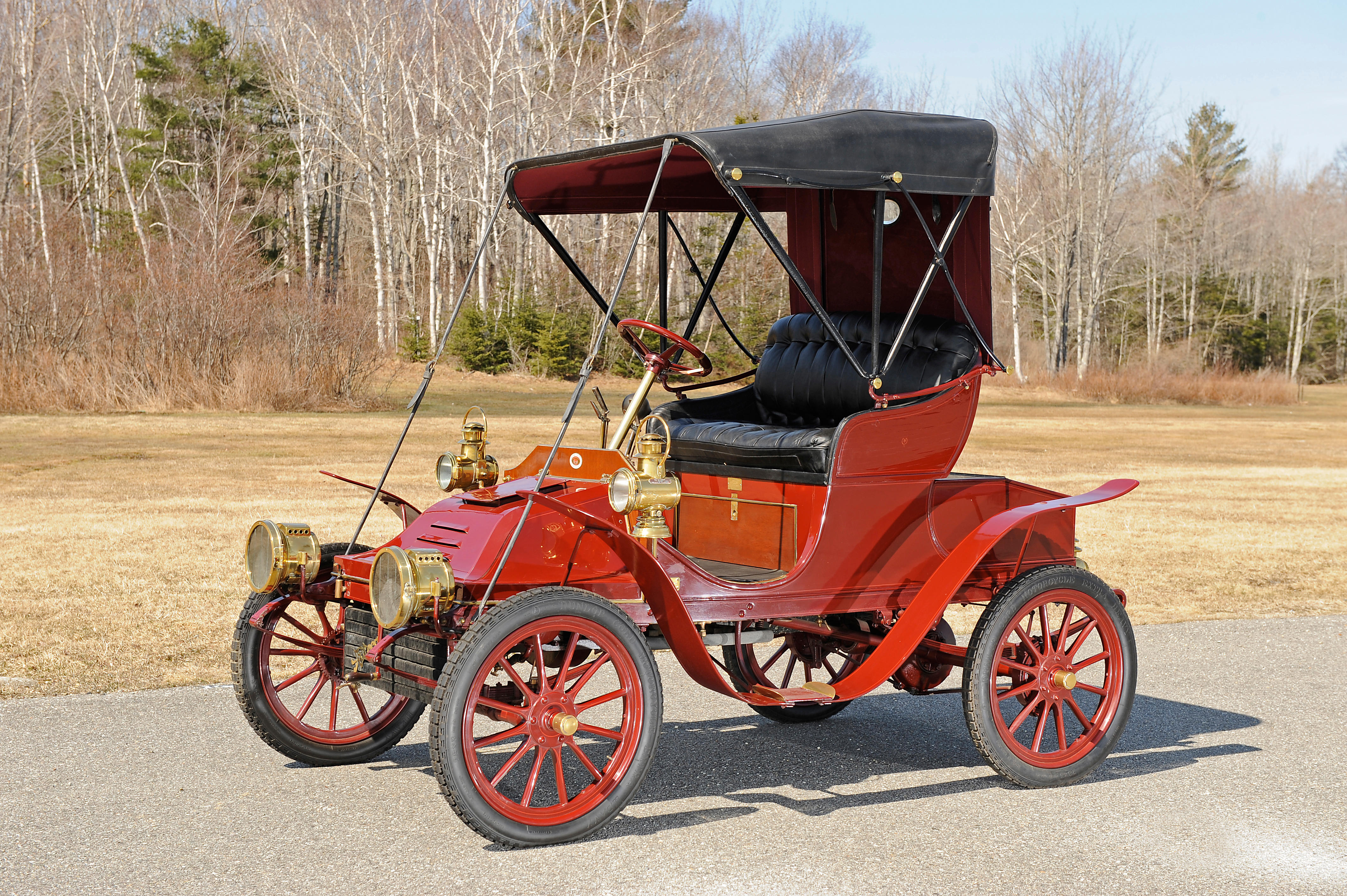

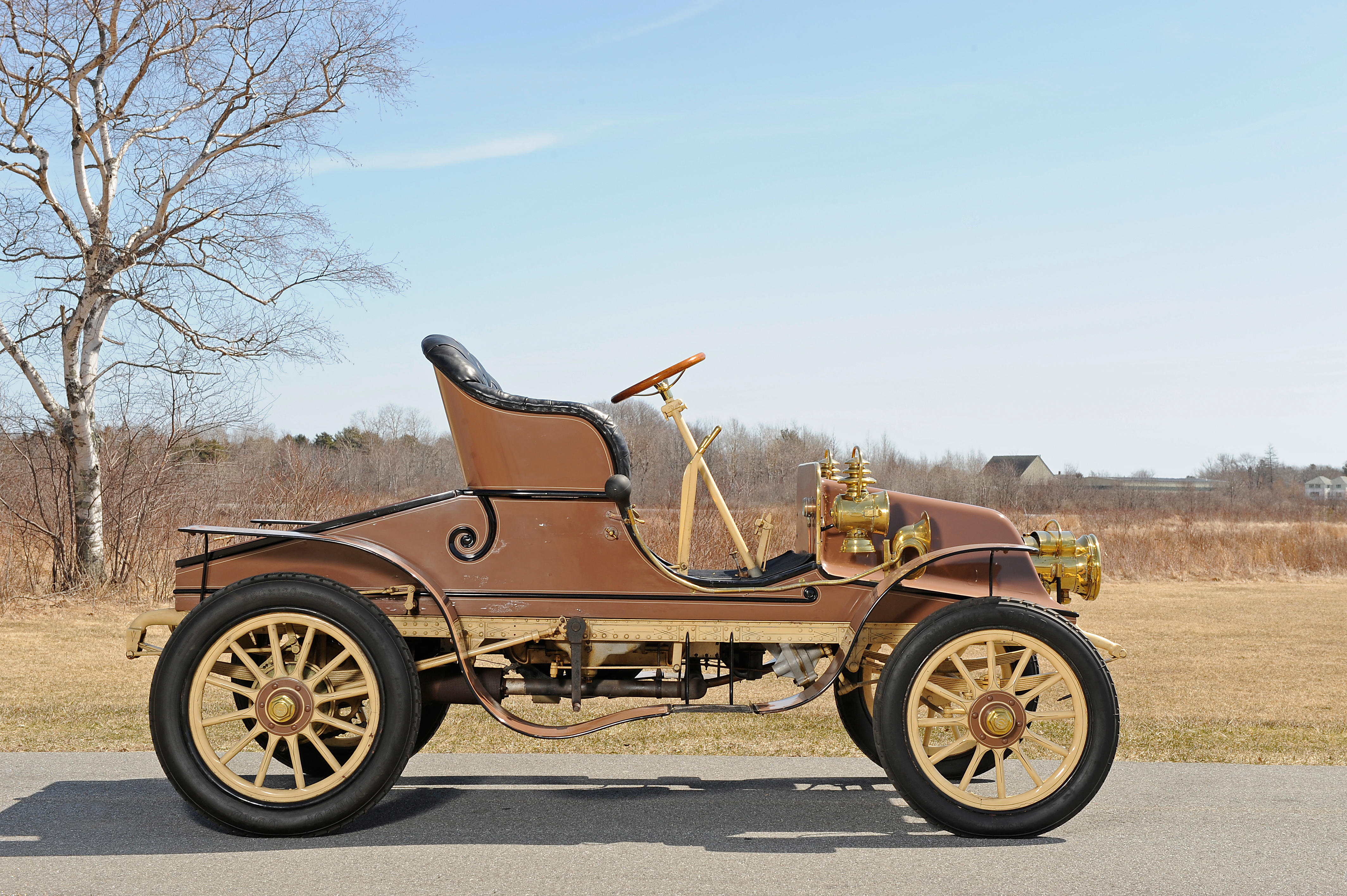
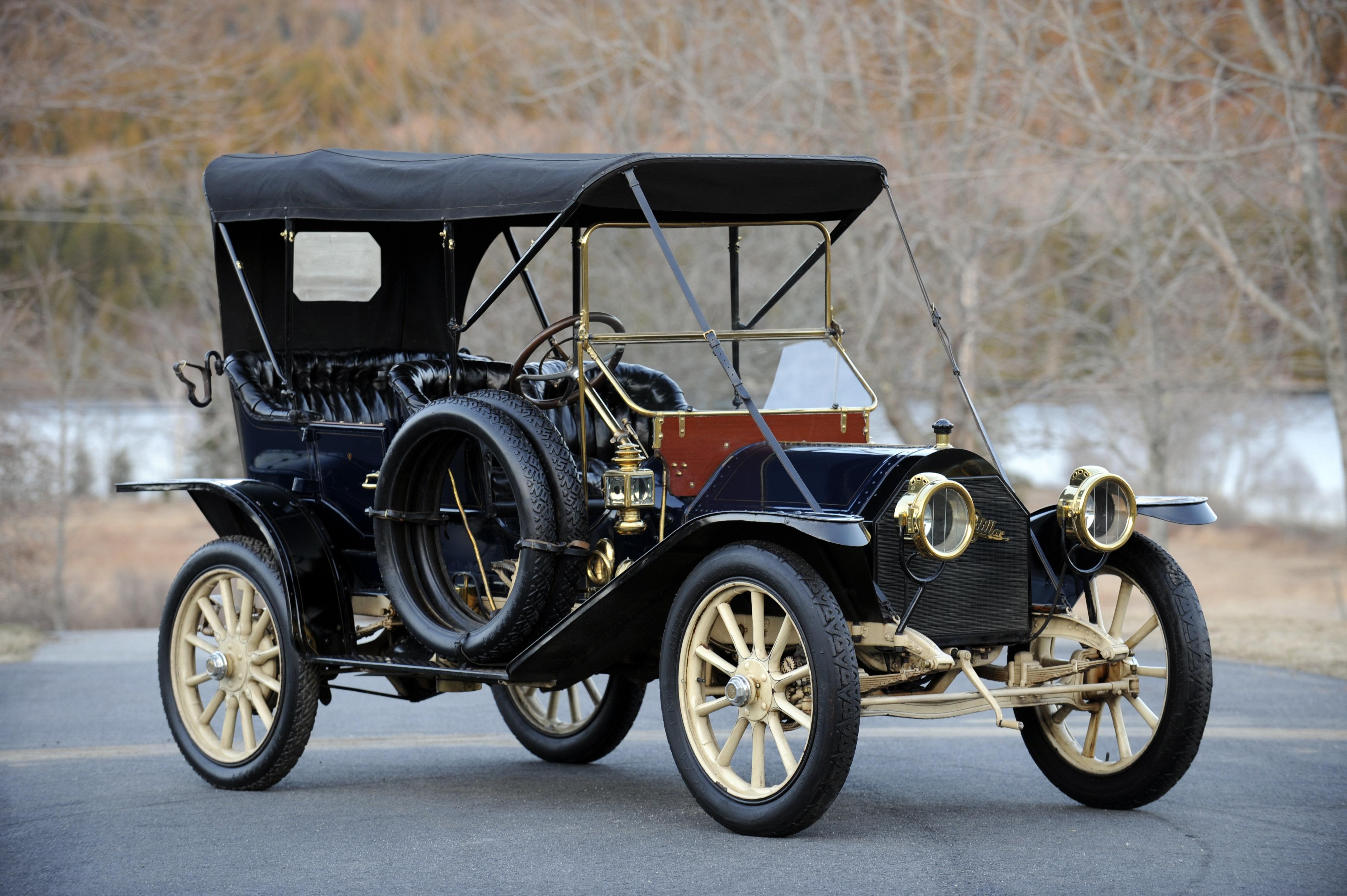


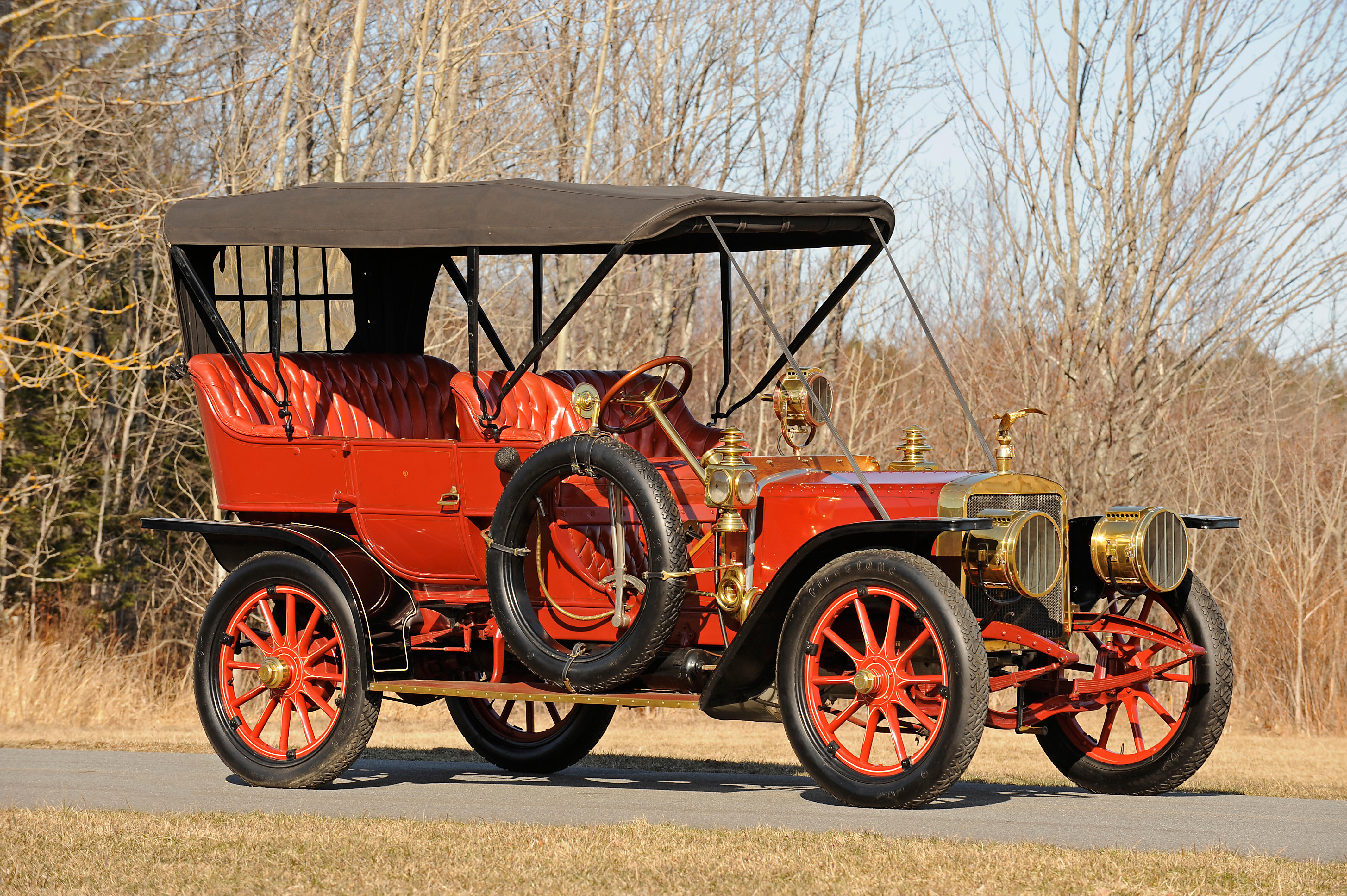
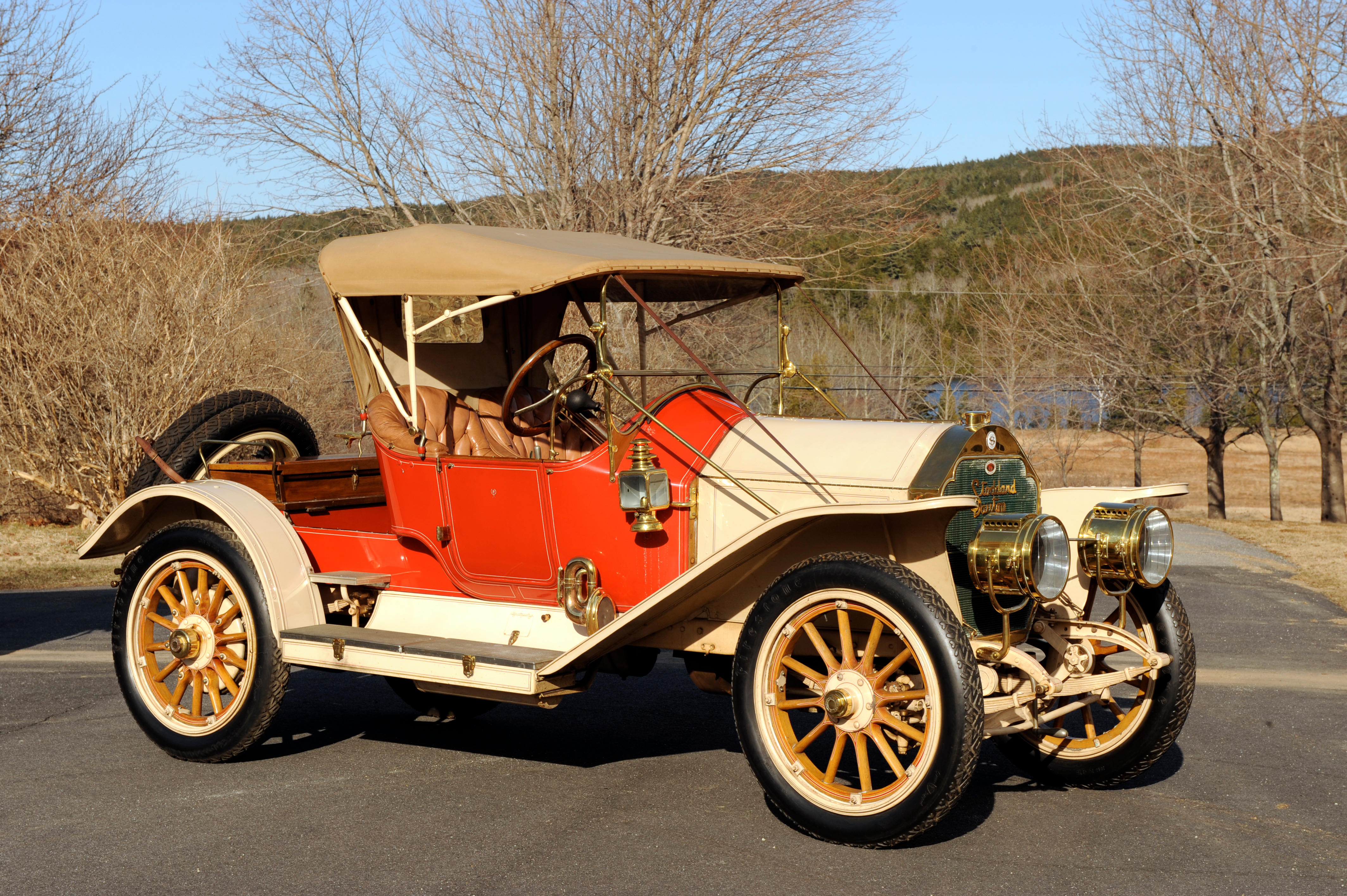
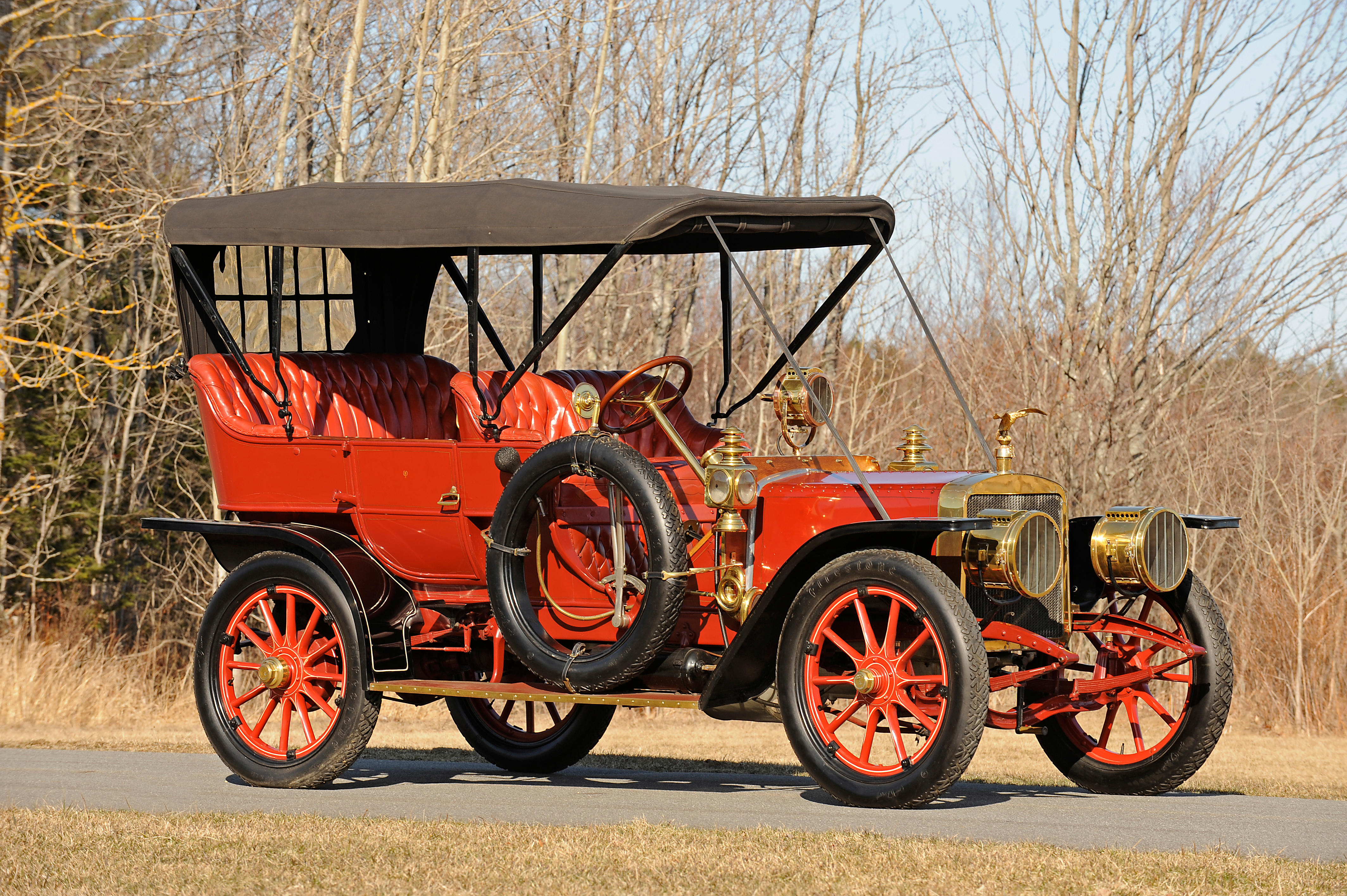


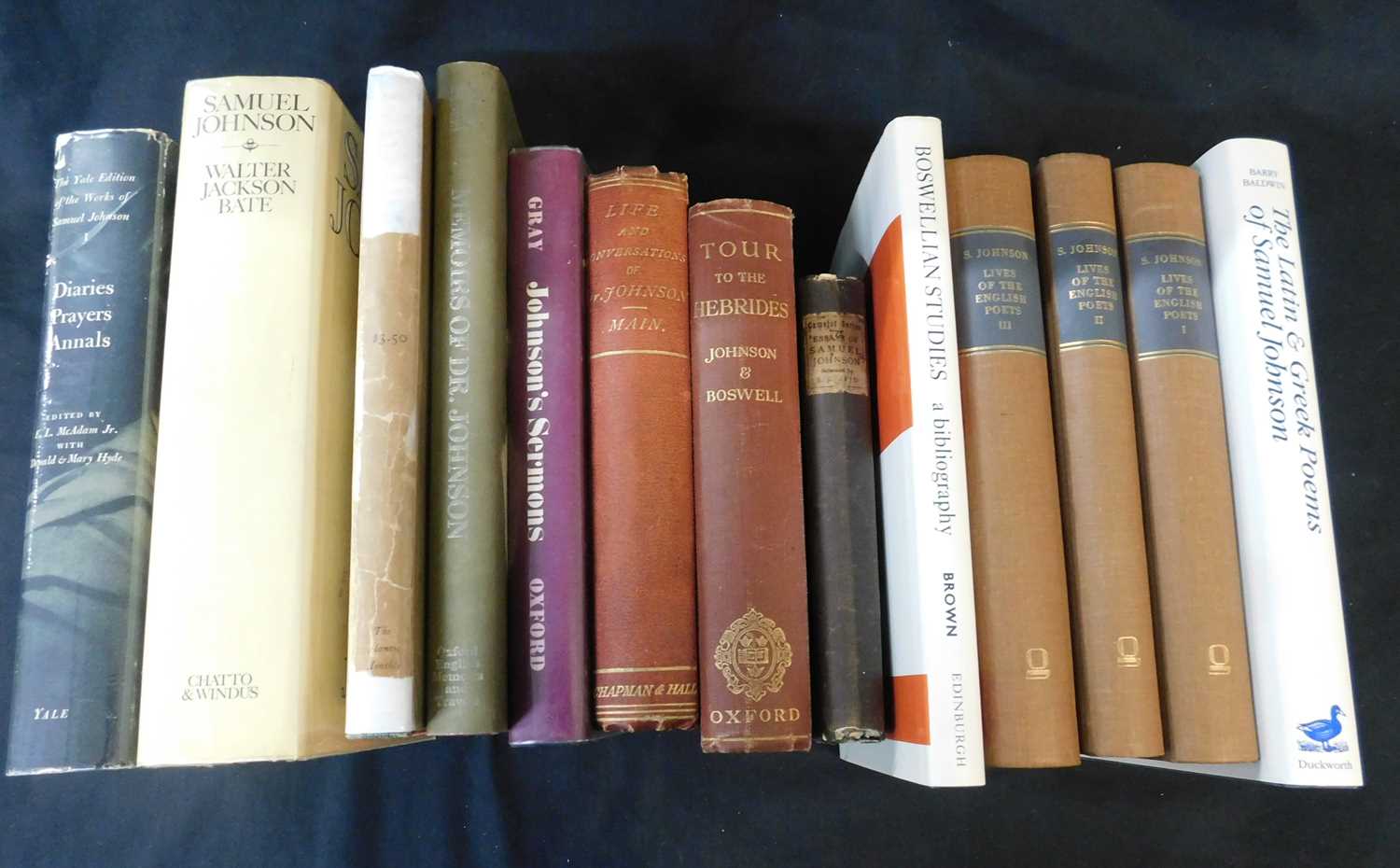
Try LotSearch and its premium features for 7 days - without any costs!
Be notified automatically about new items in upcoming auctions.
Create an alert